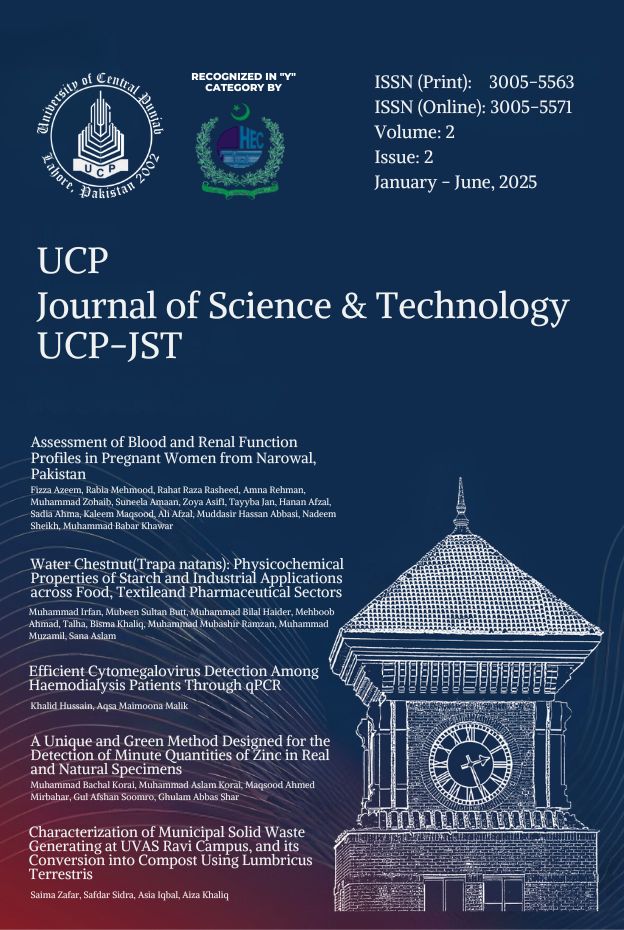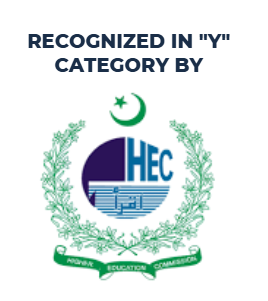A Water Chestnuts (Trapa natans): Physicochemical Properties of Starch and Industrial Applications across Food, Textile and Pharmaceutical Sectors
Review Article
DOI:
https://doi.org/10.24312/ucp-jst.02.02.427Keywords:
Water chestnuts, Trapa natans, Industrial applications, Starch physicochemical propertiesAbstract
Water chestnuts (Trapa natans), a nutritionally rich aquatic vegetable, have garnered interest due to their diverse applications and unique starch properties. Valued for their high carbohydrate content, dietary fiber, essential minerals, and low-calorie profile, water chestnuts contribute significantly to a balanced diet and are incorporated into various culinary applications worldwide. The starch from Trapa natans exhibits remarkable physicochemical properties, including high gelatinization temperature, resistance to retrogradation, and superior water-holding capacity, making it a promising ingredient for food and non-food industries. In the food sector, water chestnut starch is used as a thickening agent, stabilizer, and texturizer in gluten-free products, while its bioactive components find applications in functional foods. Beyond the food industry, this starch has potential in the textile and pharmaceutical sectors, offering eco-friendly alternatives for fabric finishing, biodegradable films, and excipients in drug formulations. This review provides a comprehensive overview of the nutritional attributes of water chestnuts, their starch's physicochemical properties, and diverse industrial applications, highlighting their potential to enhance product innovation across multiple sectors.
Downloads
Published
Issue
Section
License
Copyright (c) 2025 UCP Journal of Science & Technology

This work is licensed under a Creative Commons Attribution 4.0 International License.







